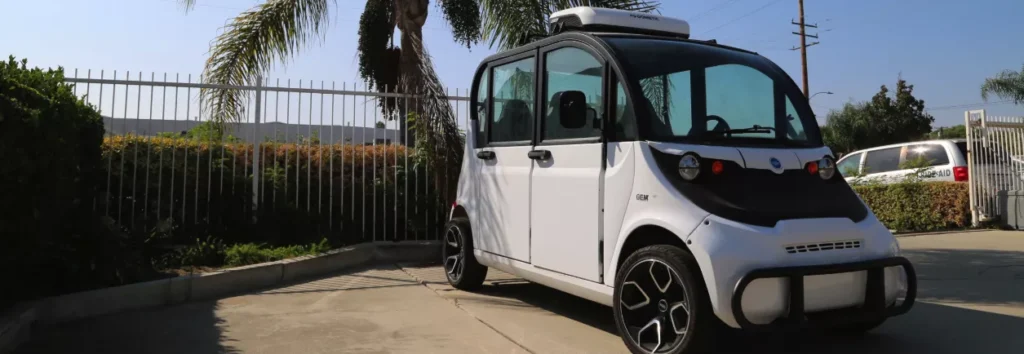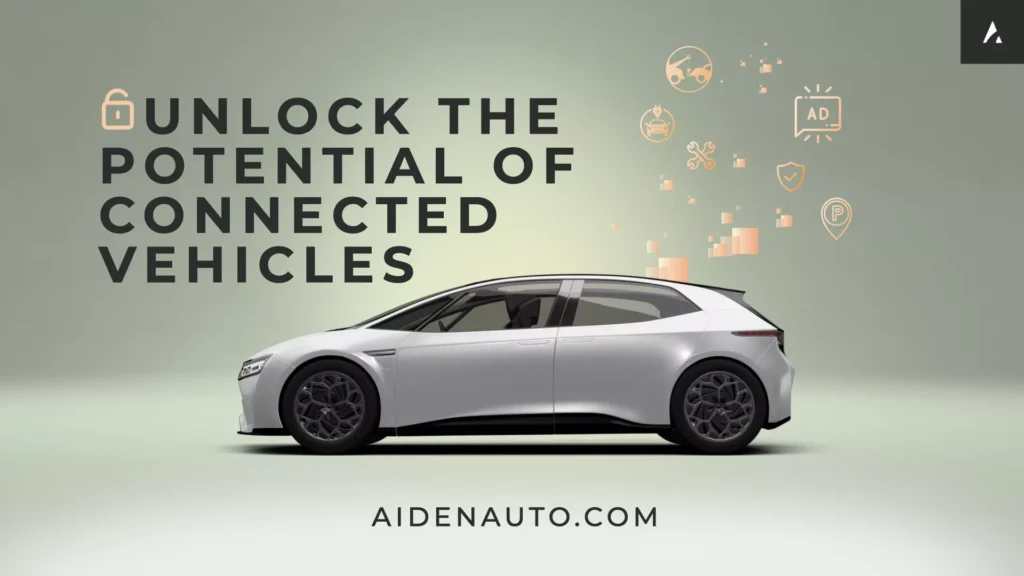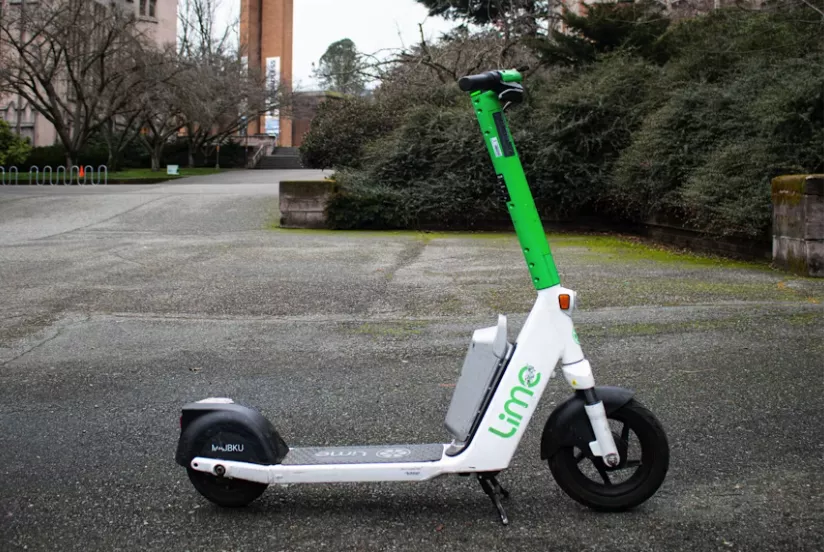










From EVs and batteries to autonomous vehicles and urban transport, we cover what actually matters. Delivered to your inbox weekly.

Lime is preparing a public offering in 2025, bringing in JPMorgan and Goldman Sachs to lead the process. The move marks a major step for the micromobility sector, which has struggled in recent years with scaling challenges, capital intensity, and questions about long-term viability.
Investor appetite in micromobility waned after an early wave of enthusiasm fizzled out due to unproven unit economics and regulatory hurdles. Lime’s ability to not only survive but grow through that downturn is now positioning it as a bellwether for the space. The company’s upcoming IPO could set valuation and capital access benchmarks other players will be measured against.
JPMorgan and Goldman Sachs bring the institutional weight needed to test public market confidence in shared micromobility. If successful, Lime will become one of the few venture-backed mobility companies to go public in a post-pandemic capital environment.
The last disclosed valuation was $510 million in 2020, when Uber took a stake in the company as part of its own restructuring of mobility bets. That valuation is likely to be significantly recalibrated in the IPO process, especially given the improved financial performance.
For transportation founders, policymakers, and urban operators, Lime’s market entry signals several things:
Lime’s filing will likely draw attention from regulators and analysts interested in how micromobility firms intend to balance profitability with public right-of-way responsibilities. The offering could reset expectations for how far private funding can take capital-heavy mobility networks before a public listing becomes necessary.